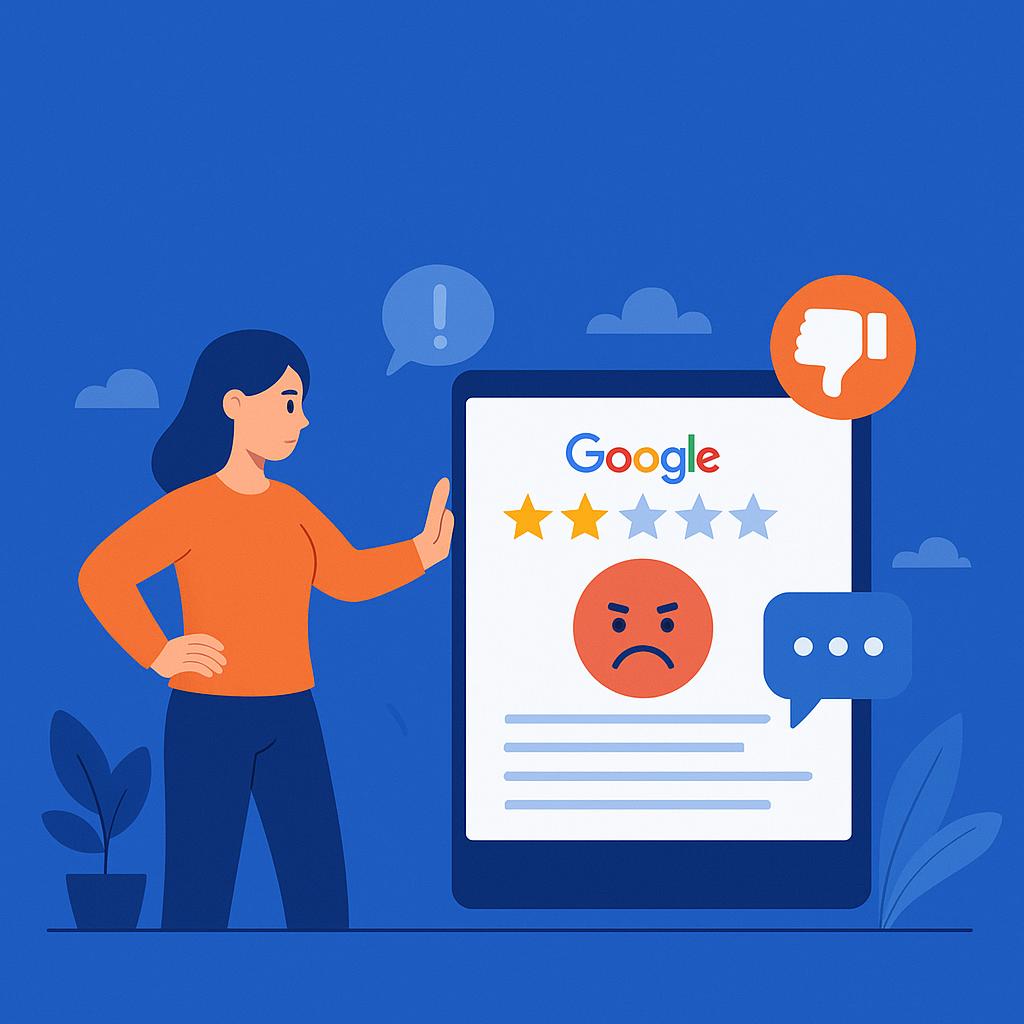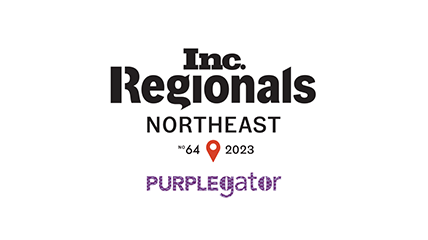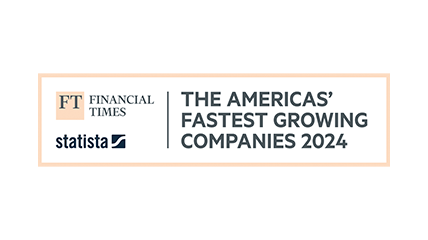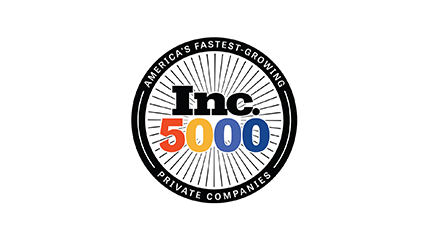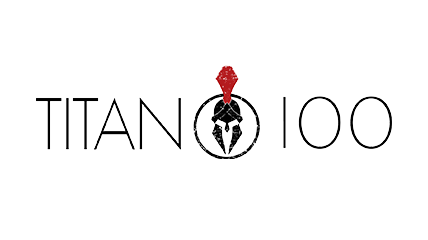Blog /
Google’s Page Experience Algorithm Update is Coming: Here’s What You Should Know

In order to adapt to user behavior and preferences, algorithms — like the ones we interact with every day on social media — have to be updated regularly. Whether or not you realize it, your favorite search engine also has an algorithm. Google’s search algorithm involves a complex set of rules that outline how results are calculated. This algorithm, especially after Google page experience algorithm update, determines which search results will be most relevant and valuable for a given search query.
Google actually updates its algorithm thousands of times every year to ensure search results accurately reflect what users are looking for. In the past, Google has updated its algorithm to weed out low-quality websites that utilized dishonest (or even malicious) ranking tactics. But other algorithm updates are performed to fine-tune search results so that high-ranking sites truly provide a positive experience for all web visitors. Google’s Page Experience update will fall into the latter category. But what else should you know about this algorithm update? And why is it so important that you prepare for it ahead of time?
What’s the Focus of Google’s Algorithm Update?
First, let’s talk about page experience. The idea is fairly straightforward, as this update is meant to reward sites that prioritize site loading speed and overall performance. In other words, Google will evaluate web pages based on defined criteria — factors that Google believes to play an important role in how users feel about their visit to a site. These factors include…
- Largest Contentful Paint: One of Google’s Core Web Vitals, LCP essentially measures loading performance and speed. LCP measures the amount of time it takes for the largest content element on a page to load completely.

- Cumulative Layout Shift: Another one of the Core Web Vitals, CLS is a metric that focuses on visual stability. A page layout that unexpectedly jumps or shifts during use will typically have a higher CLS score than a page that offers a consistent layout and scrolling experience from the beginning.
- First Input Delay: The last of the Core Web Vitals, FID measures the amount of time it takes for a page to offer interactivity to the user. In order to keep an FID score low, a website owner should aim for near-immediate interactivity (or clickability).

- Site Security: In addition to the Core Web Vitals listed above, site security will continue to play an essential role in this update. Websites that have switched from HTTP to HTTPS will likely fare better, as will sites that have eliminated browsing issues related to security.
- Mobile-Friendliness: Google has focused on mobile users for the last few years, as mobile traffic now accounts for half of all web traffic. Sites that are responsive across all devices and that eliminate issues with navigation, interstitials, and other known mobile barriers aren’t likely to experience adverse effects from this algorithm update.

What Could Happen to Sites That Don’t Prepare?
The Google Page Experience algorithm update is set to roll out in May 2021. That gives you several months to prepare your site for what’s to come. This is a rare occasion, as we’re not always told when to expect an update or when one has occurred.
The work performed by your SEO provider can often help your site show up more prominently in search results, which means that it already meets a lot of the qualifications determined by Google’s algorithm. But when Google updates its algorithm, that can sometimes have major effects on your site’s search rankings.
If you fail to prepare your site for this update, you may experience rankings setbacks once it takes effect. We don’t yet know how many sites will be affected or the degree to which your rankings might change. But since Google has taken the trouble of letting us know this update is on the horizon, you probably won’t want to take your chances. Failing to adhere to Google’s best practices or keep ranking signals in mind could result in loss of rankings or even site penalties — and since that could cause major disruptions to your traffic and sales, the risk simply isn’t worth it.
The good news is that there’s plenty you can do to get your site in shape for the update. By eliminating page errors and slow loading speeds while prioritizing the other factors we’ve laid out in this post, you’ll be in a great position for the algorithm update in May. Be sure to discuss this impending update with your team and to make any pertinent changes now so that you’ll be ahead of the game. At Purplegator, we have the expertise and resources to help you ramp up your SEO strategy and adjust to the algorithmic updates so your traffic continues to grow.


